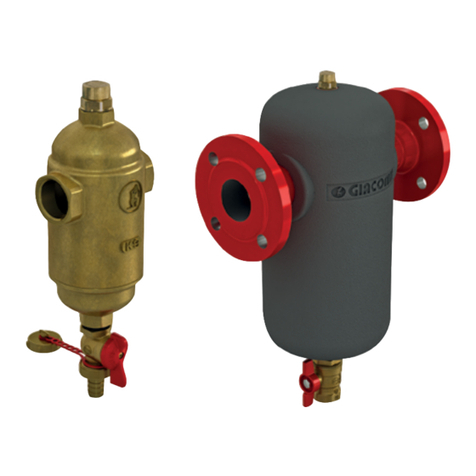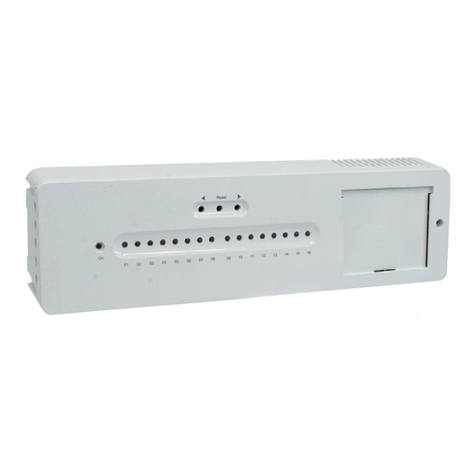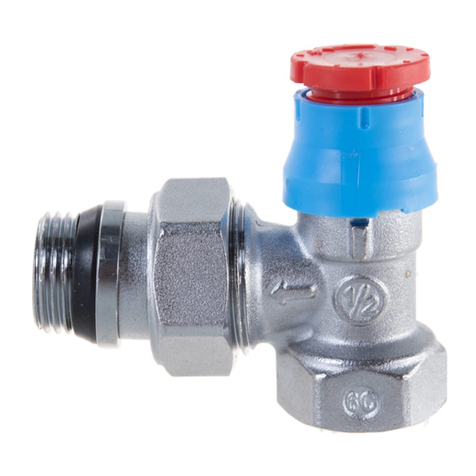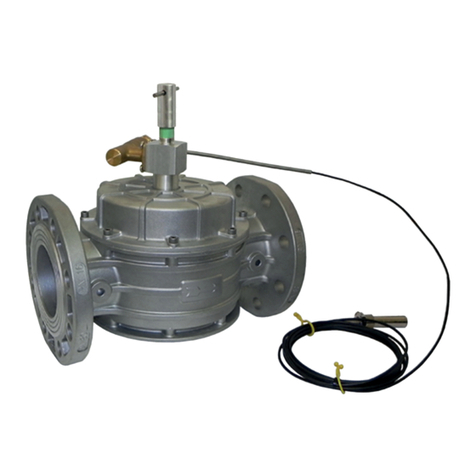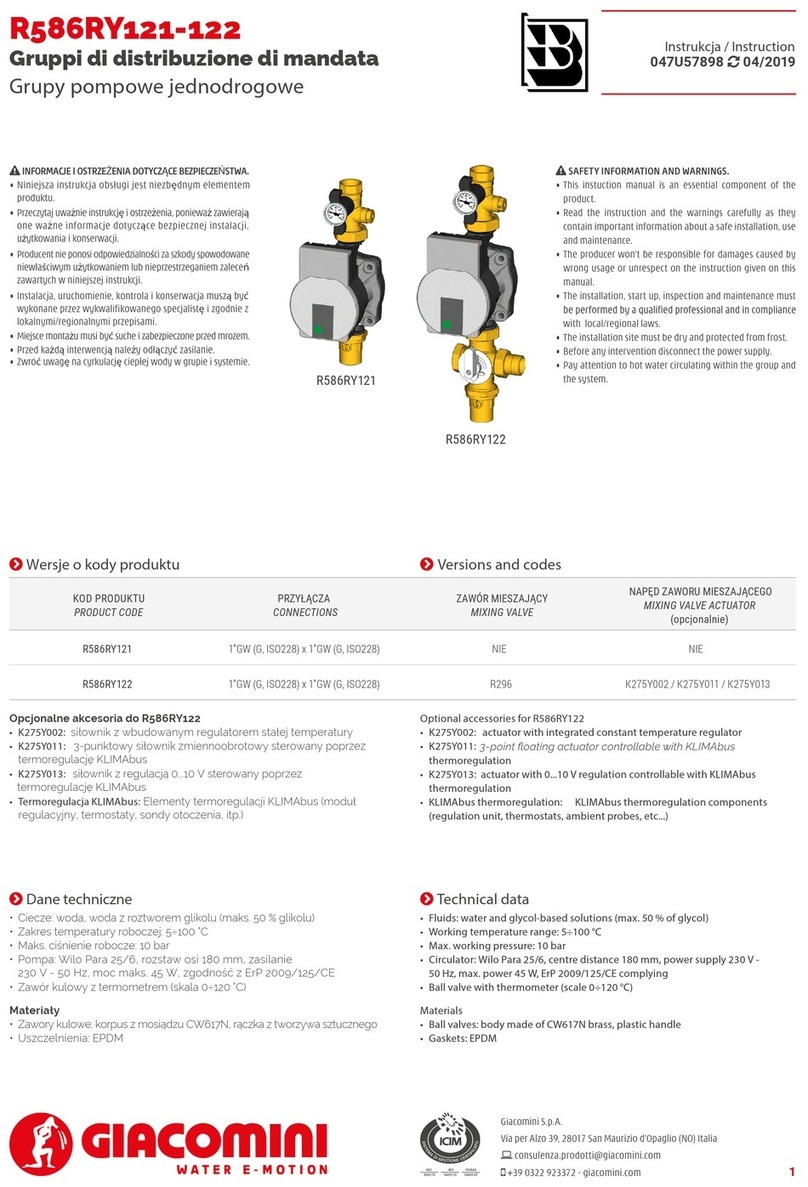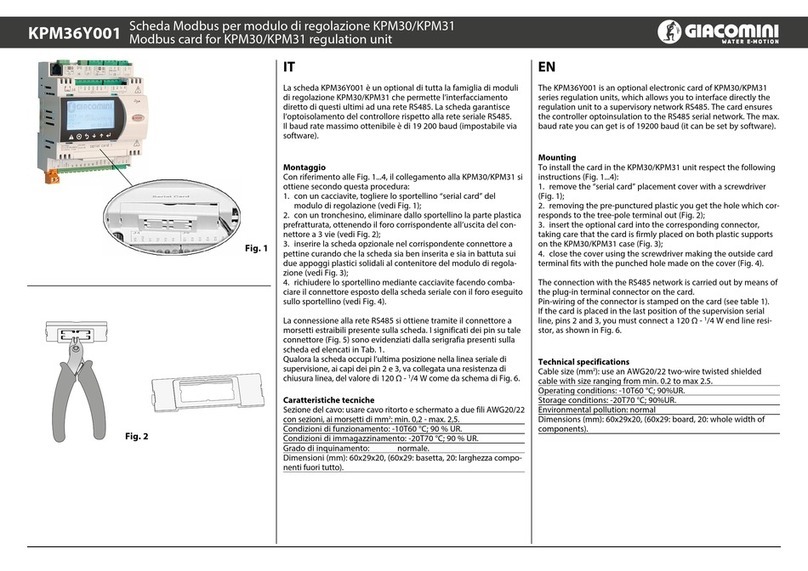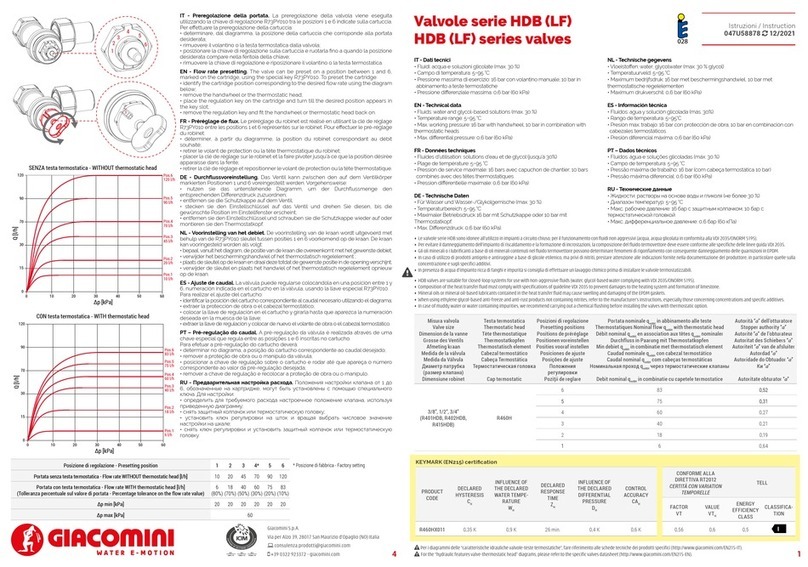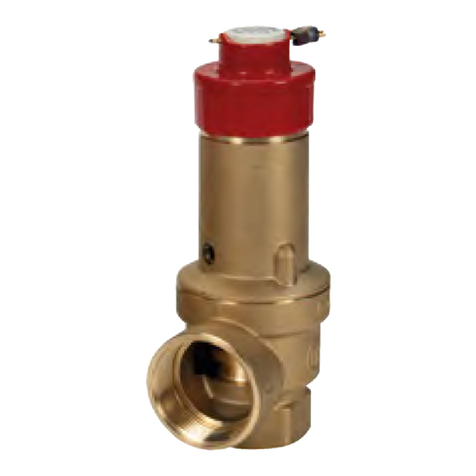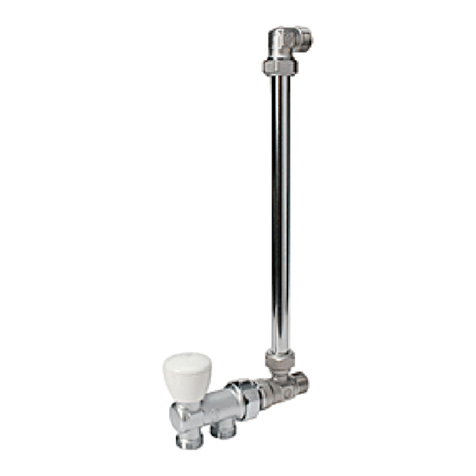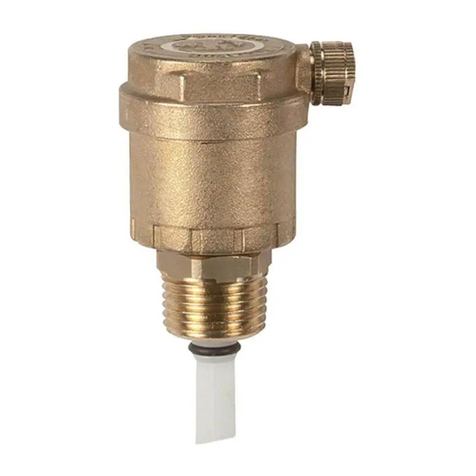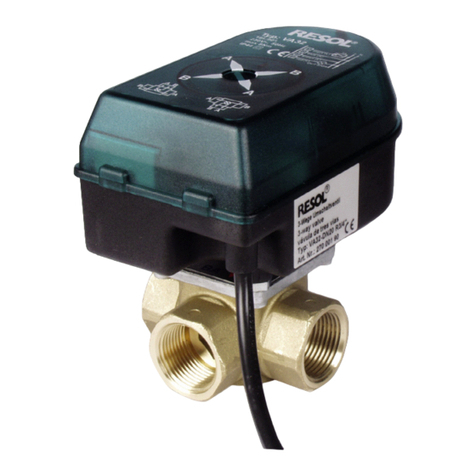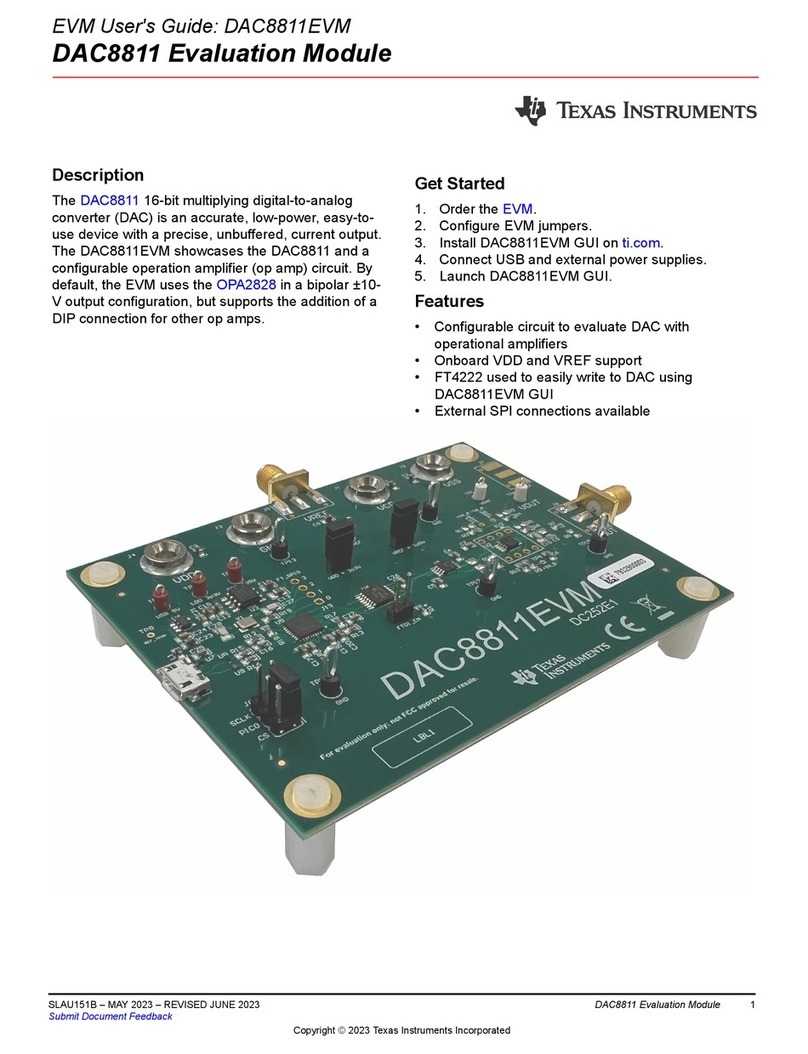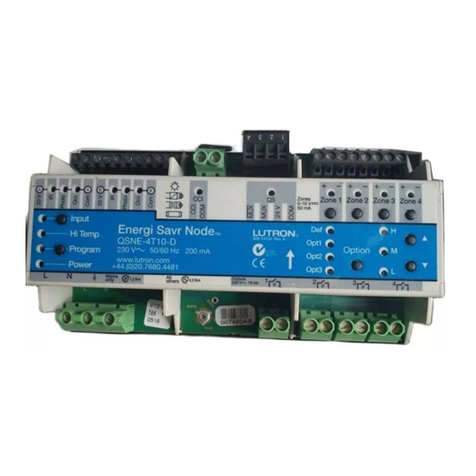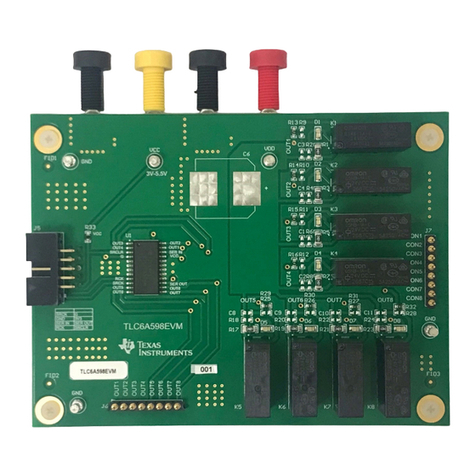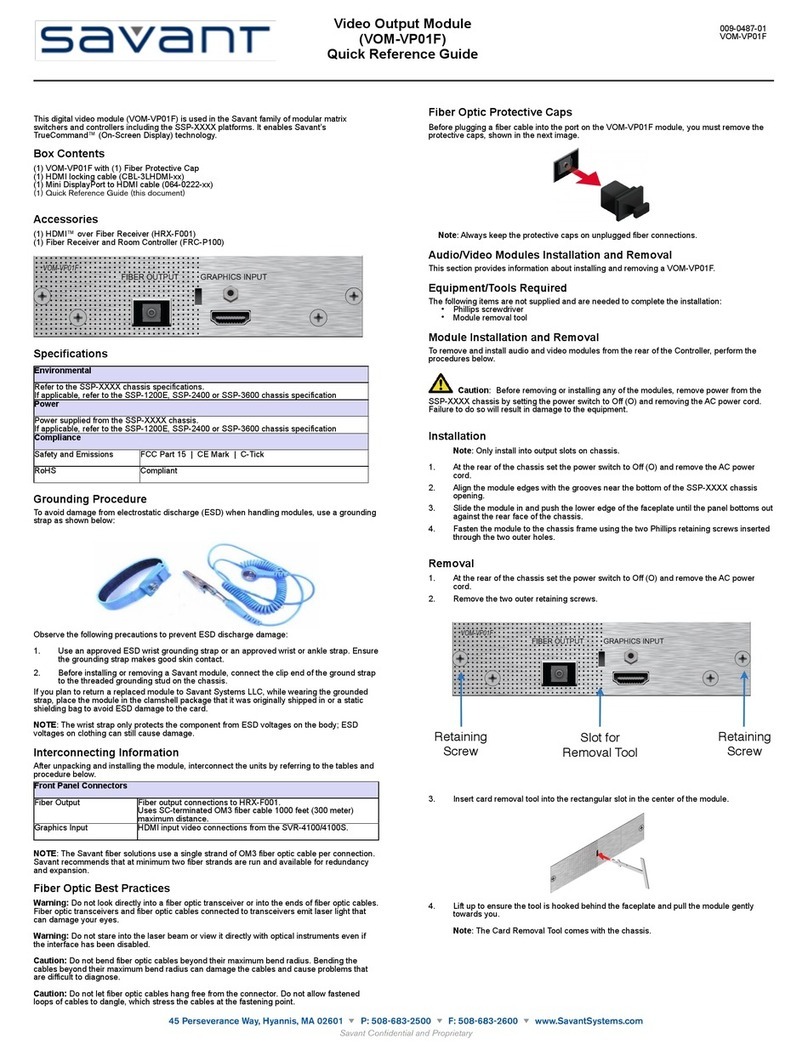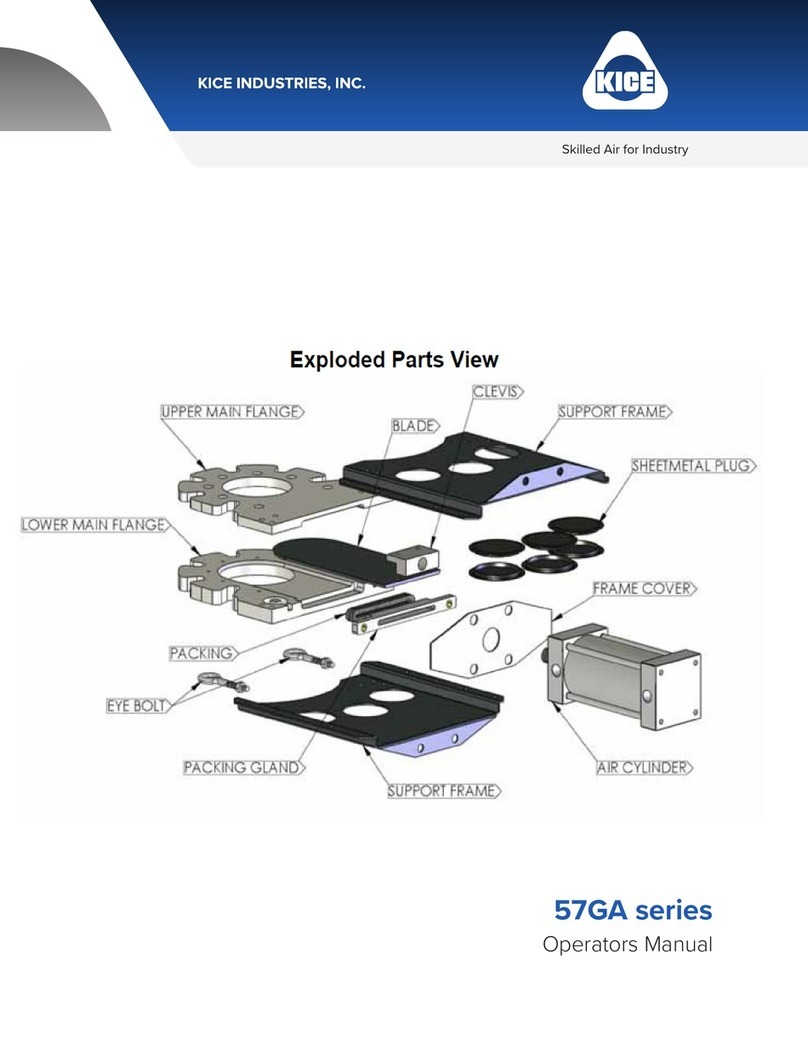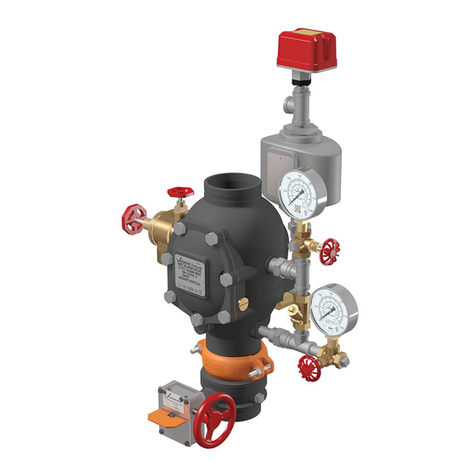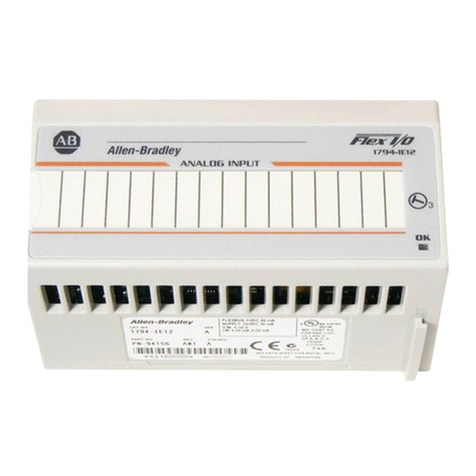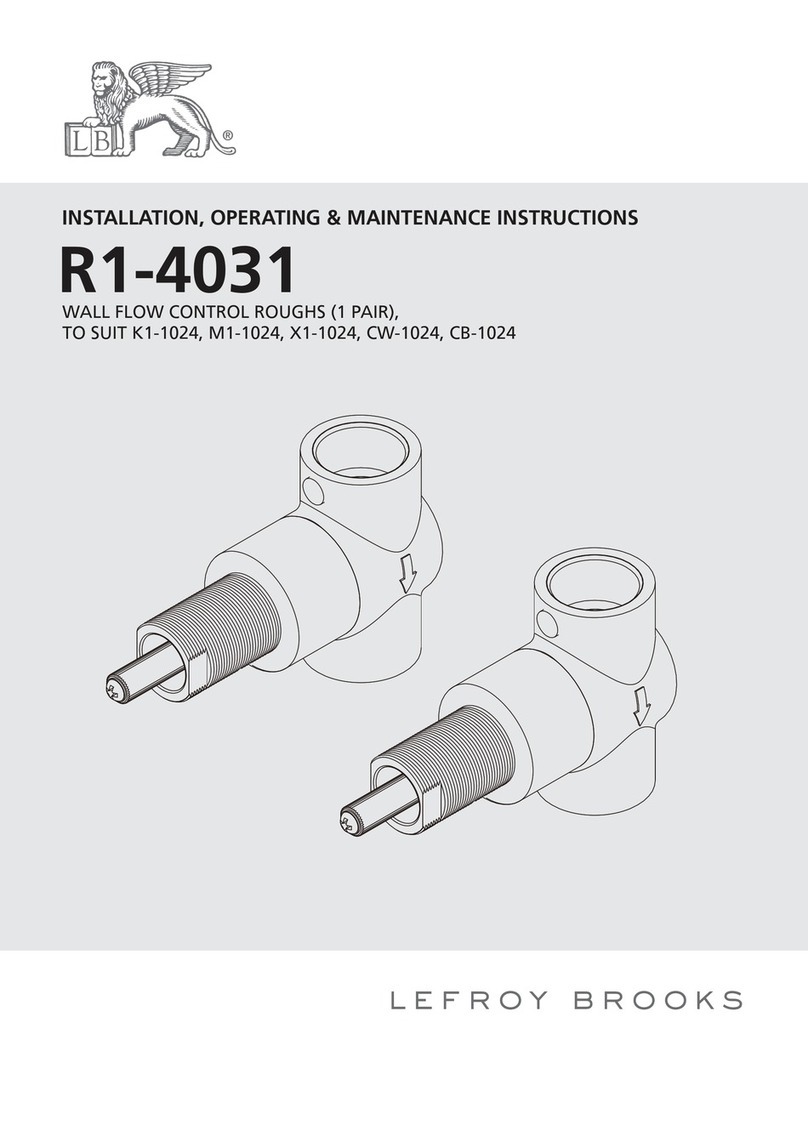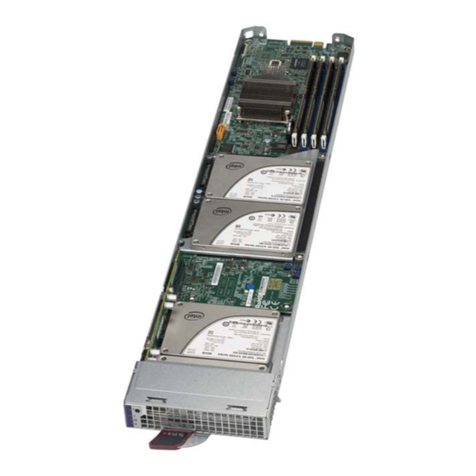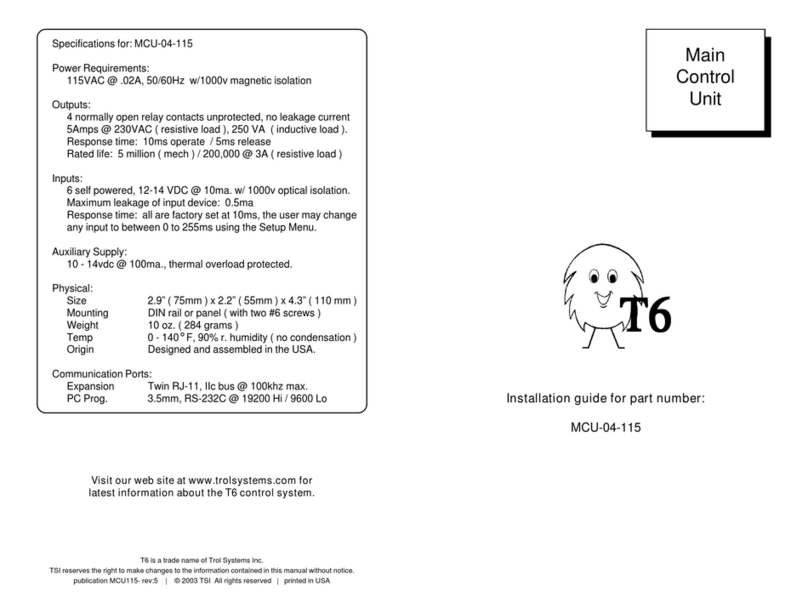
1
0244EN June 2016
Solar thermal SyStem
Control unit
KtD
Description
The KTD control unit is used to programme and control a solar thermal systems.
Two dierent versions are available, KTD3 and KTD5, which are used in
combination with R586S, R586S-0 and R586S-1 circulation groups.
The control unit is user-friendly thanks to its backlight graphic display, four
buttons, handy programming assistant and on-line help pages.
The KTD control unit has inputs for temperature probes type Pt1000, a relay
output for controlling an electronic circulator, and one or two relay outputs
for commanding a electronic circulator (predisposition for commanding
circulator by PWM or 0-10 V signal) and one or two relay outputs for other
additional functions.
The programs on the control unit allows to set various system congurations.
Operation control functions range from the mere reading of the current
measured values to long-term system monitoring and analysis by means of
charts and statistics. Numerous other functions complete the possibilities
oered by the KTD control unit:
• at any time, you can reset the previous values or, if necessary, the
manufacturer's default values;
• the menu locking function prevents any unwanted modication of the
operating parameters set during the unit programming phase;
• the anti-lockout function activates the pump or valve connected to the relay
for 5 seconds, at regular intervals, to prevent any possible lockout due to a
lengthy period of non-use;
• the anti-legionella function heats the boiler to a high temperature at xed
time intervals.
The KTD allows also to view the thermal energy level produced by the solar
thermal system thanks to the setting of certain additional parameters (e.g.
glycol type and percentage, and system ow rate).
Versions and product codes
Serie Product code N° of input for tempe-
rature probe
N° of included tempe-
rature probe
KTD3 KTD3Y003 3 3
KTD5 KTD5Y006 6 4
Optionals
• KTDPY001: overvoltage protection
• KTDSY001: temperature probe Pt1000 (180 °C)
Technical data
• Operational room temperature range: 0÷40 °C
• Operational room humidity range: max. 85 %
• Supply voltage: 100÷240 Vac
• Frequency: 50÷60 Hz
• Power consumption: 0,5÷2,5 W (low consumption in standby)
• Pt1000 probes easuring range: -40÷300 °C
• Power outputs: - mechanical relay: 460 VA resistive / 460 W inductive
- electronic relay: 5÷120 W inductive
• Output to control the ErP circulator: - PWM frequency 1 kHz, level 10 V
- 0-10 V tollerance 10 %, for load 10 KΩ
• Internal fuse: 2 A / 250 V slow blow
• Protection degree: IP40
• Protection class: II
Main characteristics
• Outputs 0-10 V / PWM to control the ErP circulator
• Casing: in 2 parts, ABS
• Type of installation: integrated in the circulation groups (R586S, R586S-0,
R586S-1) or separate on the wall
• Display: graphic display, 128 x 64 points
• Signalling: 1 multi-colour LED
• Programming: 4 buttons
• 18 languages selectable
• Guided installation
• Compliance: - Low voltage 2006/95/EC
- Electromagnetic Compatibility Directive 2004/108/EC
Operating characteristics
Functions KTD3 KTD5
Inputs for Pt 1000 probes 3 6
Pt1000 probes supplied 3 4
Relays outputs:
- mechanical relay
- electronic relay
2 (R1 - R2)
-
1 (R3)
2 (R1- R2)
Number of system conguration 27 42
Measurement of thermal energy SI SI
Measurement of thermal energy via VFS sensor NO SI (x 2)
Times and temperat. controlled by thermostat function SI SI
Anti-legionella protection via solar system SI SI
Anti-legionella protection via auxiliary heat generator SI SI
Anti-freezing protection SI SI
Net communication CAN Bus CAN Bus
Additional function for not used relays
• Solar By-pass
• Back-up heating control
• Solar panel cooling
• Increase the return ow
• Anti-legionella function
• Tank transfering
• Universal ΔT
• Thermostat 2
• Control of solid fuel boiler
• Signalling with activated protective function
• Signalling with new information message
• Pressure monitoring
• Booster for fast start-up of the system
• Heating circuit
• Parallel operation with R1
• Parallel operation with R2
KTD

